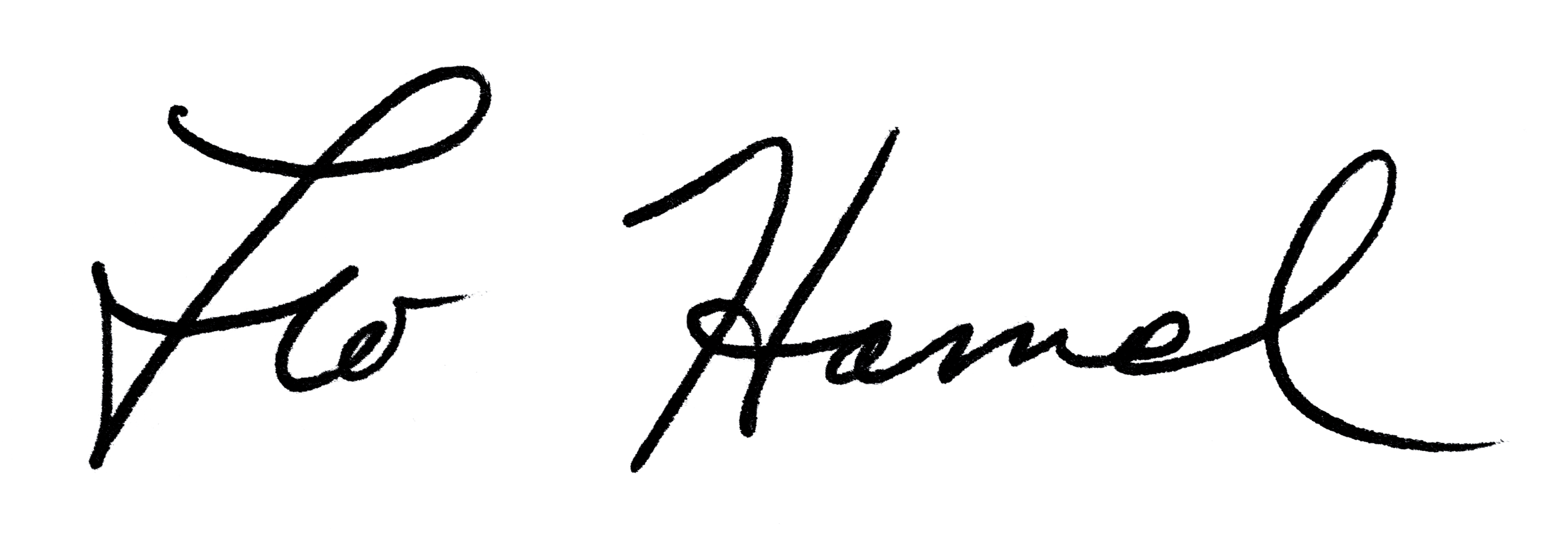
Leo Hamel Fine Jewelers Policy Letter
Writing Letters/Emails to Central Files
Definitions
- CF: Central Files – All of the data that we have stored in our computer is called Central Files. We are usually referring to our customer files when we say CF though it could include files on suppliers, people we sell wholesale to, etc.
- Comm Cycle: Communication Cycle – A completed cycle of communication is as follows: you ask a question and it is answered and you acknowledge the answer. The acknowledgment or follow up may involve asking a new question, which starts a new comm cycle.
- BRM: Business Reply Mail – BRM is letterhead used to write a letter with which the recipient can easily send back a reply. We have our return address and a pre-paid postage insignia printed on the back of our letterhead. The recipient does not have to address it or pay postage to mail it back. We stock letterhead with BRM and letterhead without BRM. Use BRM letterhead when you expect a reply (as when sending a letter to a customer) and use non-BRM when you do not (as in sending a letter to the bank).
All letters to customers go on letterhead with BRM. What you are trying to do is to set up a communication cycle with the customer so that you GET A RESPONSE. The pre-paid stationery makes it easy for the customer to send you a response.
When sending any letter or email to a customer from whom you WANT a response, you should have as your intention to GET A RESPONSE.
Let me repeat this for clarification: the idea is to GET A RESPONSE.
Letters or emails sent out to “meet a quota” or simply to “hit your target” will not have the intention behind them to GET A RESPONSE. You have to want to communicate to the person and you must want a response. If these two factors are in place, in your mind, you will write a better letter or email.
Write specific questions with specific places created for the responses. For example, if the customer was looking for a specific item, you could write/email:
- Did you ever get the Rolex watch (or whatever) that you wanted? Yes_____ No_____
- If not, do you still want one? Yes _____ No______
If you don’t know what the customer was looking for, try to find out:
- Will you be doing any business with us this year? Yes____ No_____
- What might you be looking for:
- When:
- Should we keep sending you newsletters? Yes_____ No_____
- Is there something I can help you with now? Please comment here: ______________
These are just examples. You can use these questions or make up your own. The main idea is to get information you can USE to sell something. You must also write it so that they WILL respond.
But the above questions are the BASIC questions that will get the info you need.
After writing the letter or email, put a brief description of what you asked in the contact log of that customer’s file. For example, for first letter or email you could put “ltr sent, interests?” or “email sent, interests?” which means you asked what they were interested in.
If you know that they are interested in a Rolex, you might put “sent ltr, when want Rolex” or “email sent, when want Rolex,” which means that you sent a letter or email and asked when they would be looking to get the Rolex.
Write/email to your existing customers in sequence. Good customers can receive letters or emails once a month, no problem.
